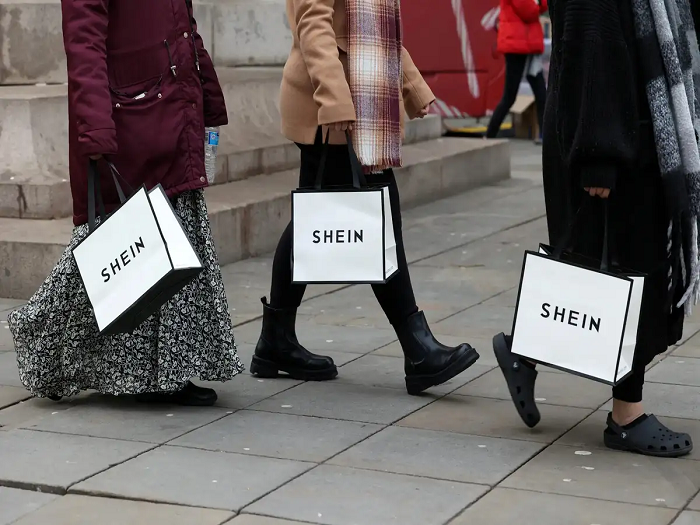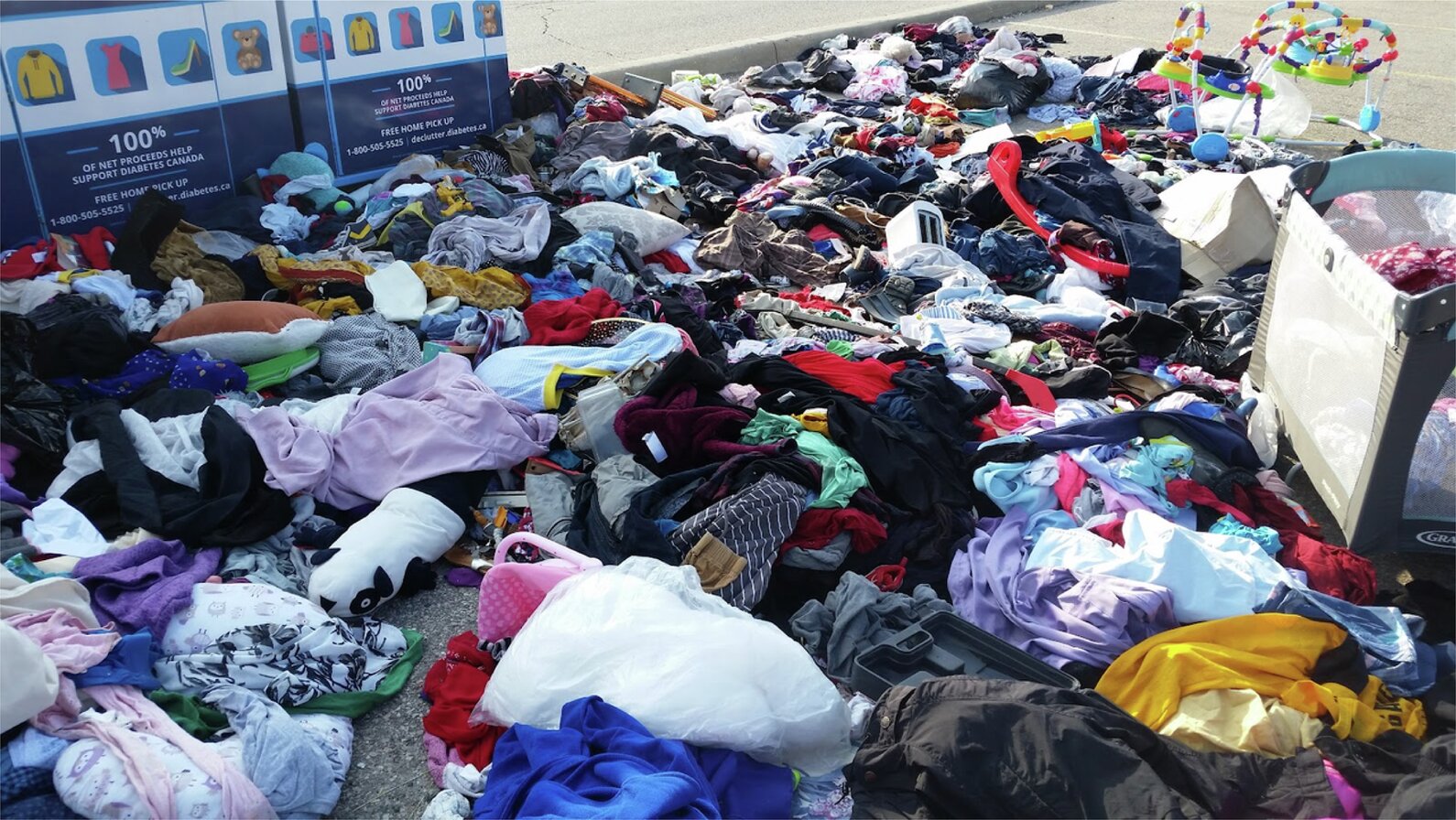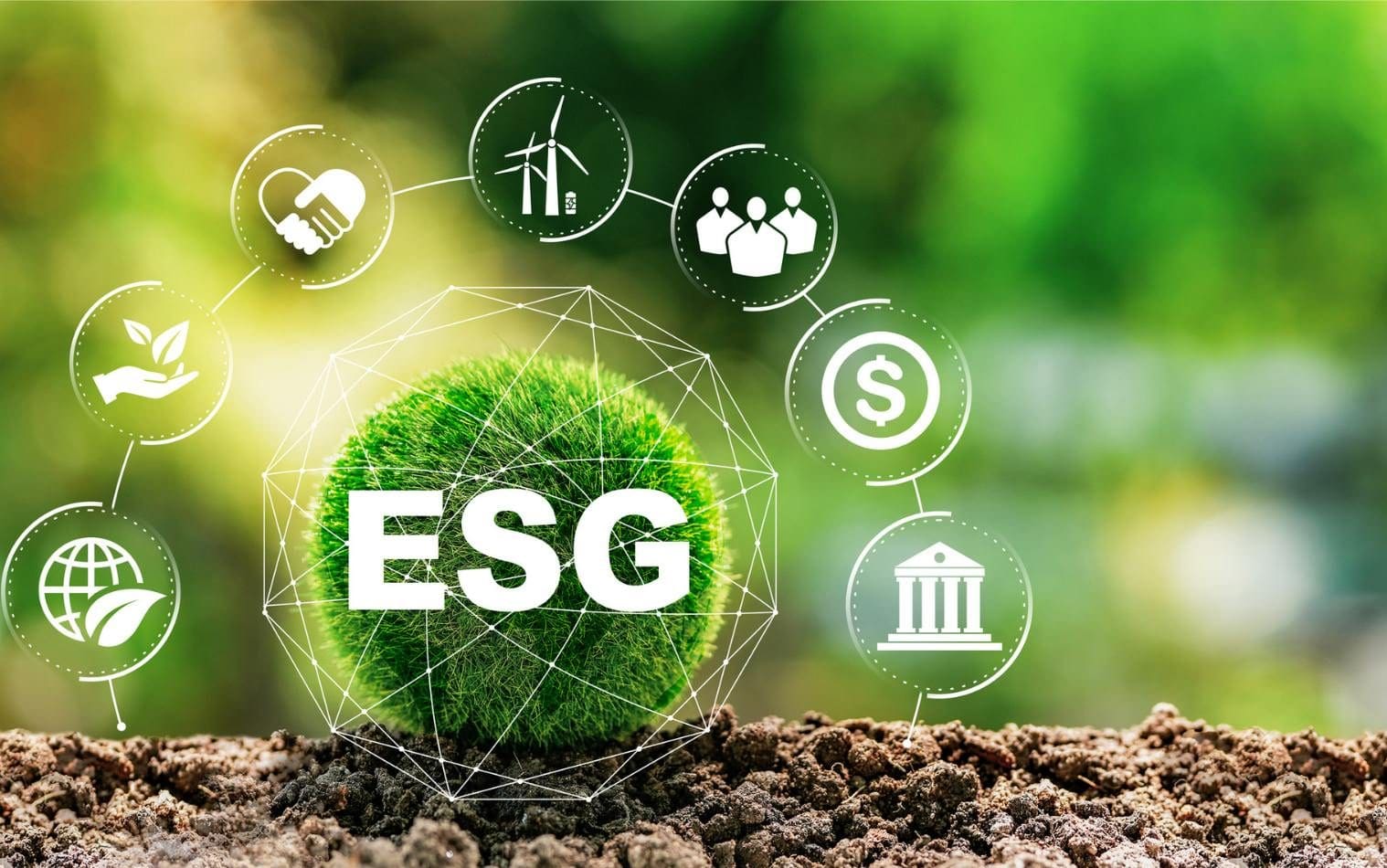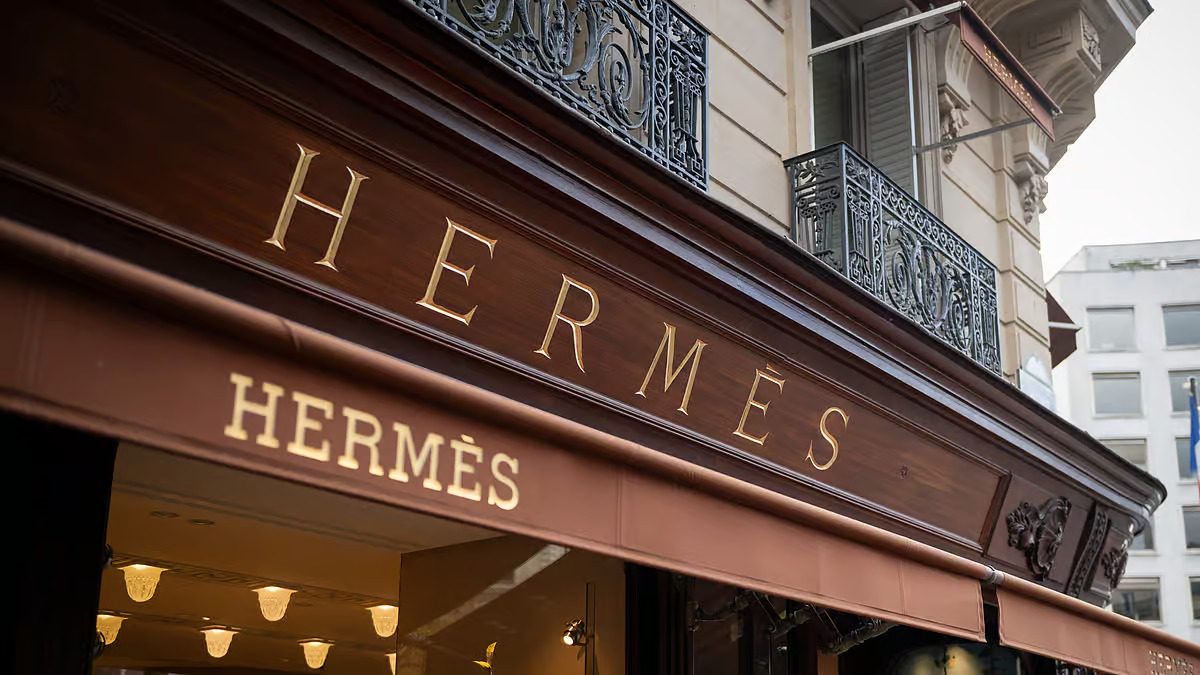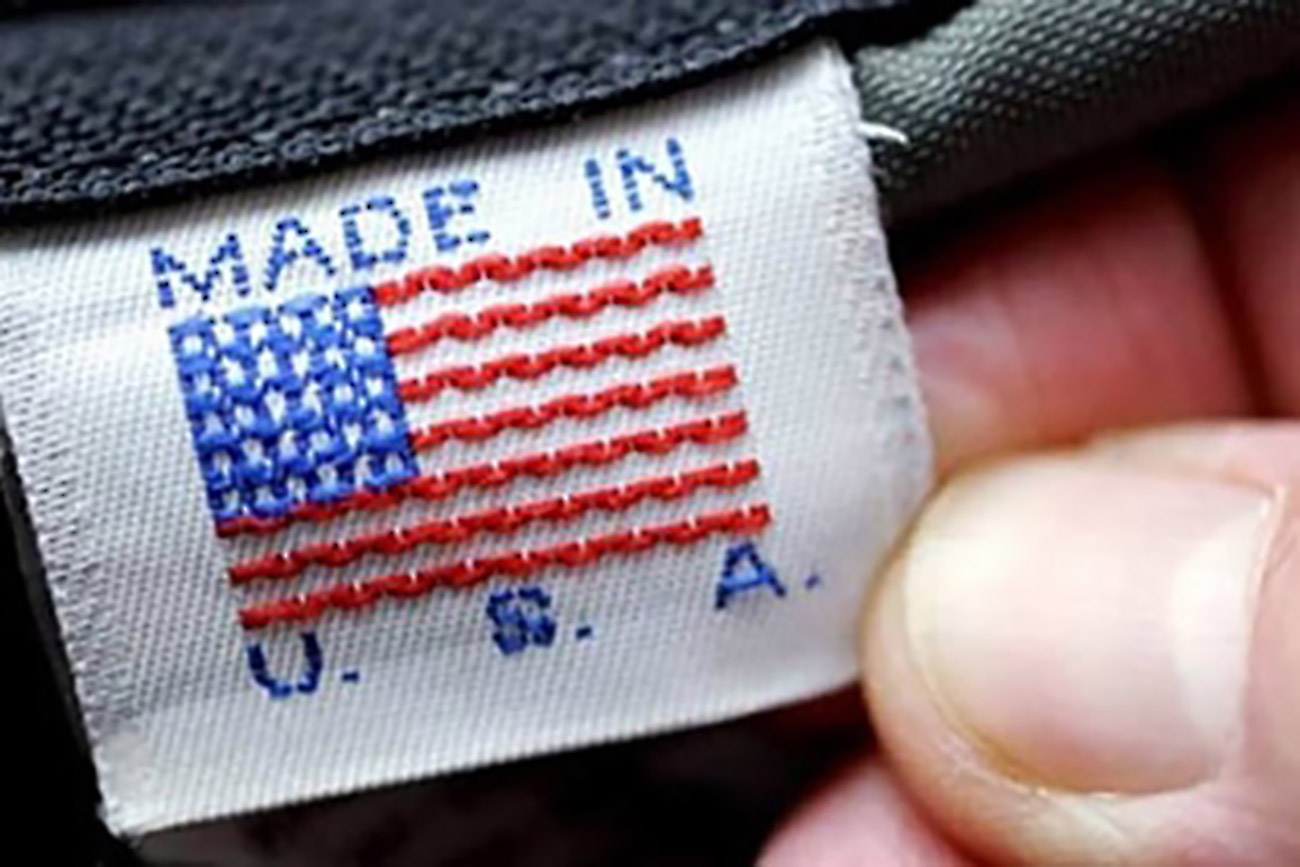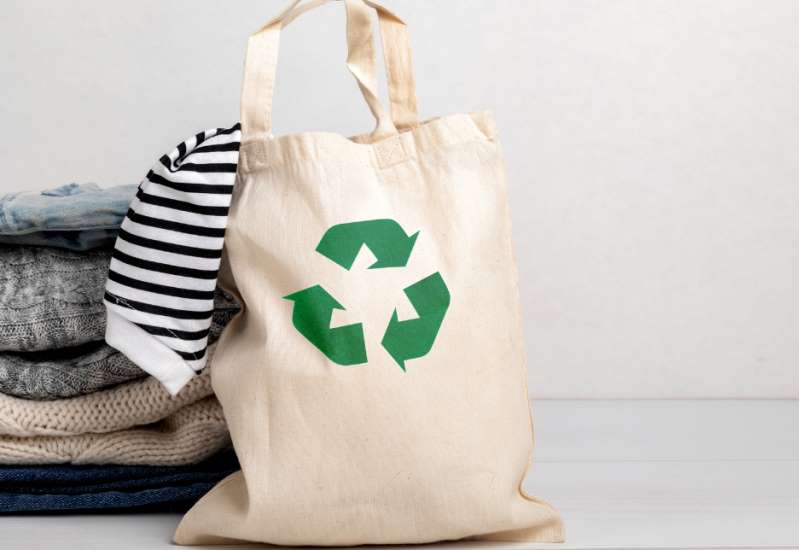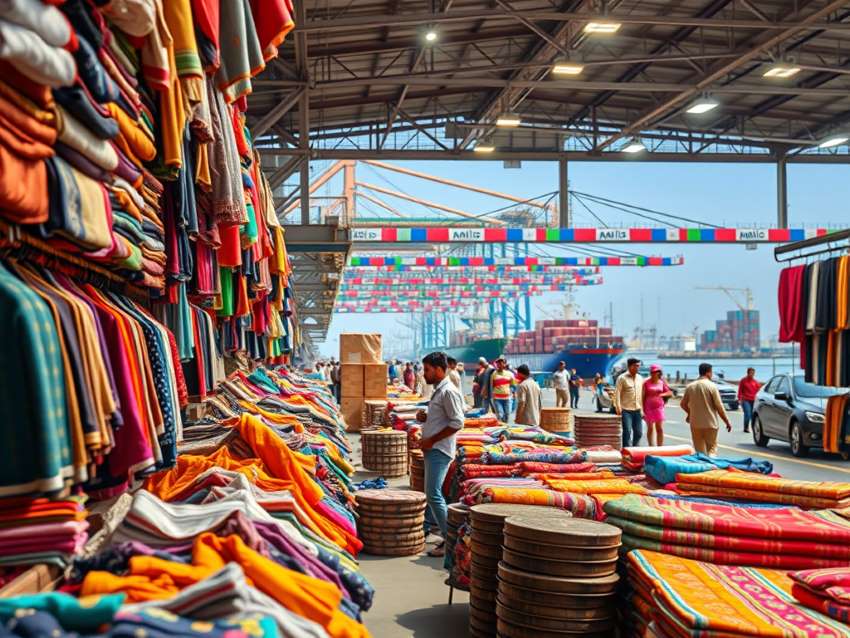FW
According to Marshal Cohen, retail analyst at NPD Group the current trends in food consumption, shoppers are placing a higher value on where their clothing comes from and how it’s made. They will even spend 10 to 15 percent more on ethically produced clothing.
The younger generation, in particular, is willing to pay for the responsibility factor, because they’re not buying as much stuff in the first place says Cohen.
Patagonia has been leading the way by encouraging people to repair, reuse and consider the environmental impact of its apparel. In late 2016, it launched re-collection, an apparel line made from recycled fabric.
Cory Bayers, Patagonia’s VP of marketing commented that the brand is sold amazingly well so far and customers are more educated about materials, and this is the reason they are buying more of our products.
Patagonia also provides repair guides so people can get more mileage out of their clothes, and they also can send the company damaged clothing for free repairs or recycling. Students could bring garments, regardless of brand, to a vintage wooden camper truck for repair.
“ One of those brands is ecommerce site Everlane. For every piece of clothing sold on its site, Everlane lists the materials, hardware, labor and transportation costs, and provides info on production, including photos of the workers and factory floors in China where yarn is spun or silk is woven.
Michael Preysman, CEO and founder of Everlane says that people are more aware how clothes are made today because of social media, and, as a result, they know what the dark side is.
Further PACT organic makes its underwear, T-shirts and dresses from organic cotton, which uses 71 percent less water and 62 percent less energy than conventional cotton, and its products also are produced in safe working conditions that pay living wages, with no child labor. PACT logged $500,000 in sales in 2011, and is expected to hit $20 million this year.
Mainstream brands like New Era, which recently launched a cap for the NBA’s Portland Trail Blazers made with recycled plastic bottles, also are embracing the trend.
People have a lot of hats in their closet, so when they’re purchasing another one, it really helps that the materials are making a difference says Chi-Kay Lam, senior category manager, brand partnerships at New Era.
Textiles India will be held in Gujarat from June 30 to July 2, 2017. This will be a mega trade event for the textile and handicraft sectors, showcasing the entire range of Indian textile products from farm to fiber to fabric to fashion.
Textiles India 2017 will also provide an opportunity to participants to hold B2B meetings with around 2500 international buyers, international and Indian exhibitors, and 15,000 Indian buyers. Over 33 round-tables will also be held on issues of concern for the various segments of textiles and handicrafts with prominent international speakers and industry leaders.
The three-day event will also include global conferences on the last day with six different themes related to the textile sector. Textiles India is the first ever global B2B textile and handicrafts event in India. It holds the promise of becoming a landmark annual trade event for the Indian textile and apparel industry at the global level. It is celebrating the significant achievements of India's textile industry and the enormous promise of spectacular growth over the next few years.
India’s textile sector is a major contributor to overall industrial production, exports and employment. The textile sector is also rising on the new digital wave with players vying with each other to grab a higher share of online fashion.
In the past two years, Egypt has taken measures to restore seed purity and cotton quality. Egyptian cotton’s reputation and quality had deteriorated significantly due to the seed companies’ lack of effective quality assurance systems that resulted in inferior, mixed-variety output.
Egyptian cotton’s length, strength, firmness, color, trash count and maturity have all improved in 2016-2017 compared to 2015-2016. This development has increased demand and the prices for Egyptian cotton in local and international markets. Egypt’s cotton exports jumped 63.9 per cent during the first quarter of the planting season of 2016-17.
Internationally, retailers have begun to more closely monitor their products labeled as 100 per cent Egyptian cotton, many requiring manufacturers to provide attestation for products labeled as such. About 90 per cent of global supplies of Egyptian cotton last year were fake.
In an effort to crack down on fraudulent practices and ensure quality, the Cotton Egypt Association started licensing the use of the Egyptian cotton logo to suppliers and manufacturers all over the world. Carrying the logo means that the association certifies the authenticity of the Egyptian cotton. If Egypt’s cotton industry returns to its previous glory, the economy would flourish, the spinning and textile industries would boom, and stalled factories would reopen.
Australian Wool Innovation is set to undertake a major strategic research direction change to address rapidly rising wool harvesting costs. Only about 10 per cent of AWI’s annual harvesting investment portfolio is currently spent on alternatives to manual shearing and in-shed sheep handling. Shearing costs are rising faster than efficiency gains from in-shed shearer training.
AWI also wants to use savings achieved in a recent round of staff redundancies to explore alternatives to the manual shearing of sheep. Additional research in wool harvesting could involve combining robotic, chemical and previous platforms or chain shearing technology to provide cost-saving in-shed alternatives for growers and shearers.
AWI will look at some of the industry’s bigger problems, such as the issue of shearing heavier sheep efficiently and safely. Shearing costs continue to rise while increasing numbers of growers are shearing sheep twice a year or every eight months to assist cash flow, minimise flystrike and cut crutching costs.
More than 80 potential harvesting technologies have been assessed by AWI, identifying promising areas for development including hand piece technology, parallel, modular, upright shearing platforms and alternative shearing technologies.
The aim is to find a replacement for manual shearing like robotics, laser and deal with the cost of shearing.
Pakistani markets are awash with low-cost Chinese products. What is significant from Pakistan’s perspective is that China is fast developing Xinjiang into a major textile exporting hub. Xinjiang is China’s top cotton-growing area, producing between three to four million tons, or 60 per cent of the seven million tons of cotton produced by China.
China is already Pakistan's major competitor in global trade, particularly in the textile and garment segments, and with the establishment of a textile park in Xinjiang, its textile exports are anticipated to increase manifold. The textile park in Xinjiang will be a heavy blow to Pakistani textile exports. Already being high value added and low in cost due to high technology, superior production efficiency, subsidised manufacturing and cheap labor, China’s textile exports from Xinjiang passing through CPEC to the Middle East-North Africa region will experience a further reduction in costs in terms of transportation.
On the other hand, Pakistan’s exports are already facing a decline in global markets owing to a host of factors, two of which are high production costs and lack of incentives in the sector. Although a $1.7 billion textile package has recently been announced by Pakistan, it is no match with the incentives provided by China to textile exporters in Xinjiang, and Pakistan will not be able to compete with Chinese exporters.
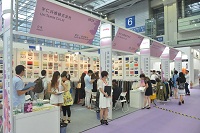
As a part of Messe Frankfurt’s renowned Intertextile brand, Intertextile Pavilion at the Shenzhen International Trade Fair for Apparel Fabrics and Accessories (Intertextile Pavilion Shenzhen) has a distinctive focus on the South China market, benefitting from this region’s promising market conditions and providing huge opportunities for exhibitors at this year’s fair.
Given its solid industrial bases and favourable geographic locations, the South China region is at the heart of China’s garment industry. Moreover one of its two major cities, Shenzhen, has a reputation as the nation’s garment and fashion capital. Currently, the city houses over 2,000 garment companies, 30,000 fashion designers and more than 1,000 fashion brands. In 2016, total sales from the Shenzhen garment industry exceed 200 billion RMB, accounting for over 60 per cent of the market of shopping malls in China’s Tier I cities. As per Hong Kong Trade Development Council’s study ‘China Garment Industry’, with growing spending power, these two markets are projected to continue their strong growth. While men’s garments segment is seeing growth with retail sales expected to grow at a compound annual rate of 11.8 per cent between 2015 and 2020, some domestic women’s wear brands have started forging into the mid-range to high-end women’s garment segments. The research also stated most enterprises which own women’s garment brands such as Ellassay, Marisfrolg, Yinger and Koradior, are located in South China.
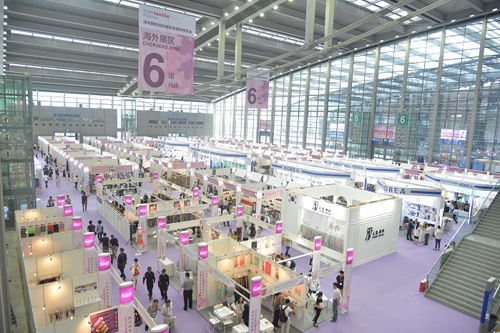 Positive exhibitor experience
Positive exhibitor experience
Showcasing this positive data are testimonies and insights shared by overseas exhibitors at last year’s Intertextile Pavilion Shenzhen. As Hiroshi Kawabata, Sales Manager – International Sales Department of Japan’s Sunwell says they see the strong potential in South China market because this is the hub for ladieswear. Given the large population in China, this market is stable and demand will continue to grow. John Lee, Director–Exhibition Project Division of Korea Pavilion’s organiser DGTIA points out, “Shenzhen is a fast-growing city being a Special Economic Zone. More than 3,000 garment factories are located here, which creates enormous demand for apparel fabrics and accessories.” Moreover, Taiwan Pavilion’s organiser Taiwan Textile Federation (TTF) conducted its own research on the South China fashion market and found, “more than 75 per cent of fashion brands in South China are keen to purchase high-quality overseas products,” Petra Peng, representative of TTF explained.
Meeting point for high quality buyers
Along with favourable market conditions the fair’s ability to attract high quality buyers is also a key factor. In 2016, visitor numbers jumped 15 per cent to 17,019 buyers from 36 countries and regions, easy commuting distances between Hong Kong and other major cities in Southern China ensured numerous international and domestic fashion brand buyers such as Brooks Brothers, Combi, Descente, Diesel, etc, utilised the fair as their key sourcing platform in the region.
As Diesel’s senior merchandiser (Knit – R&D) Janice Liu observes, “The date of the fair is good for our sourcing because brands like us are always developing new products and consistently sourcing new materials at different time of the year. Therefore, although we also attend the Shanghai fair (Intertextile Shanghai Apparel Fabrics), this fair is still very important for us. We did find some potential overseas and domestic suppliers this time.” Hong Kong ladieswear brand Kinji’s fashion designer Wing Cham agrees and says, “The fair is close to Hong Kong and covers a good range of products, so I plan to invite my boss to come with me next time.”
Country pavilion added attractopm
The 2017 edition of Intertextile Pavilion Shenzhen will be held from July 6 to 8 in Halls 6, 7 and 9 of the Shenzhen Convention & Exhibition Center, with some key country and region pavilions set to return to feature an array of high-quality fabrics for ladieswear, casual wear, lingerie & swimwear and suiting, the latest knitting fabrics, as well as accessories, lace & embroidery, and yarns & fibres. Among these are:
Korea Pavilion: Organised by Korea Fashion Textile Association (KFTA) and Daegu Gyeongbuk Textile Industry Association (DGIA), will showcase a variety of knitted and man-made fabrics for ladieswear, as well as functional fabrics
Taiwan Pavilion: Organised by Taiwan Textile Federation, will feature the latest collections of lace & embroidery and knitted fabrics
Fine Japan Zone: Formed by leading Japanese companies to highlight Japanese-quality cotton and man-made fabrics for ladieswear as well as casual wear with small order quantity
Shengze Pavilion: Representing the Eastern Silk Market from Suzhou, China, will display an array of man-made and silk-like fabrics for ladieswear.
The fair will also have valuable opportunities to learn next year’s trends through the Spring/Summer 2018 Trend Forum in Hall 9, and a series of seminars during the first two days. Together with Intertextile Pavilion Shenzhen 2017, the 17th China International Fashion Brand Fair – Shenzhen (halls 1 & 2) and a fashion show (hall 5) are held concurrently from 6 – 8 July in the same venue.
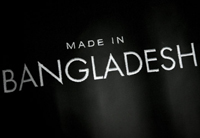
Bangladesh clothing manufacturers are facing tough times demanding fair price for clothing supplied by them. Additionally, they are in tremendous pressure from global buyers to improve conditions at workplace, after the Rana Plaza building collapse in 2013. Local apparel makers say, over $1 billion has been invested so far to renovate and retrofit their factories as per the demand of Western buyers, retailers and brands. Yet, retailers and brands have not increased the price. Buyers are still paying the traditional low prices for products and earning huge profits. A shirt costing $3 or $5 is being sold between $25 and $30.
The same is the case with high-end value added products, which is 30 per cent of the total volume of garment items exported per annum from Bangladesh. MNCs pay between $8 and $12 to local manufacturers for purchasing a piece of value added high-end shirt and retailers sell the same shirts at $100 sometimes even at $150, garment makers said. According to manufacturers and economists, the faulty global supply chain is to be blamed. Economist Rehman Sobhan, highlighting this very point says the current business model forces suppliers to squeeze their workers as much as they can because they have to produce the shirt at $5. There needs to be investigation into this matter to resolve issues faced by manufacturers.
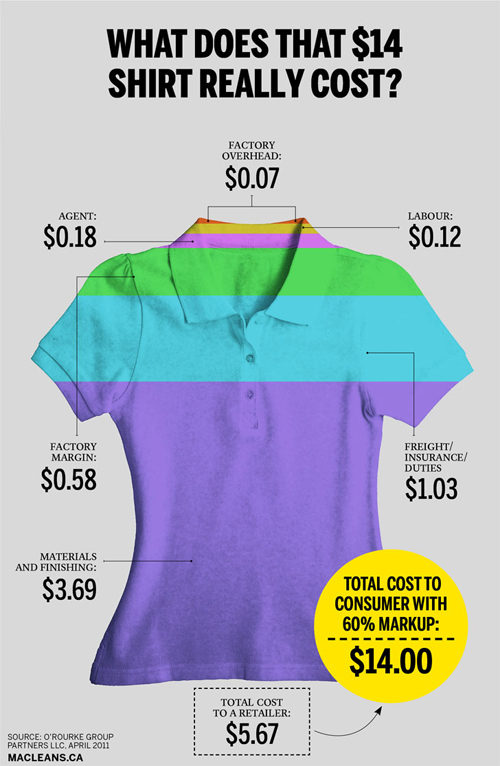
The Western view
Offering another perspective, European brands say brands and store owners also do not always make profit as they can sell the highest 60 per cent of the items at tagged prices. Of the remaining 40 per cent, 20 per cent are sold at discount prices and the rest 20 per cent are sold at clearance outlets or donated. Mahmud Hasan Khan Babu, VP, Bangladesh Garment Manufacturers and Exporters Association, too echoed the view of the merchandiser. Retailers have the target to sell 75 per cent of the RMG items at tagged prices and the rest are sold at discount prices. Moreover, the companies annually pay millions of dollars to high-ups, he said. Internal unhealthy competition among manufacturers is also responsible for low prices.
Need of the hour
There needs to be an end to such a plight of manufacturers. The low price of garments will continue until manufacturers say no to it. Retailers are getting the products at lower prices because manufacturers are ready to supply them products at the said price point, opines Kutubuddin Ahmed, Chairman of Envoy Group, which exports garments worth a millions dollars every year. Bangladesh should manufacture high-end items apart from basic items for receiving higher prices.
Trade analyst say, apparel exports is buyer-driven and global brands dictate the market. If producers can come to an understanding they will sell a certain product at certain price, they can get a fair price. But that doesn't happen due to intense competition. There are efforts at the international level to bring global brands under the fair trade system but it is not working well. Also, some trade unions and NGOs are trying to set a standard on Asian wage level for apparel workers and if it can be set, producers will get higher prices.
Cotton is a wonderfully versatile, all-natural fabric and is present in everything from bath towels and bed sheets to underwear, T-shirts, and socks. But cotton production is a mess. Fairtrade International argues that there’s such thing as better cotton, and shoppers should know the difference.
Fairtrade aims at reducing the social and environmental costs of cotton production. At a social level, genetic modification of cotton seeds has wreaked havoc in traditionally agrarian communities. In India, the second biggest cotton producer in the world after China, there has been a surge in farmer suicides. These tragic deaths are linked to genetically modified cotton and the ugly cycle of dependence on special seeds and chemicals. It’s estimated that, every 30 minutes, one farmer in India commits suicide, deep in debt and unable to provide for his family.
Environmentally, cotton growing is a disaster. Cotton accounts for 24 per cent of global sales of agricultural insecticides and uses a huge amount of water – approximately 20,000 liters of water are needed to produce one kilogram of cotton. Cotton production is linked to the destruction of the Aral Sea, the Indus River in Pakistan, the Murray-Darling Basin in Australia, and the Rio Grande in the US and Mexico.
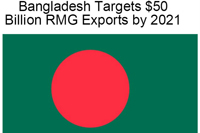
Set by the garment industry of Bangladesh in 2014, the slogan to reach ‘Fifty by Twenty One’ has gained momentum. In December 2016, at a seminar organised by BGMEA titled ‘Taking Bangladesh Apparel Sector Forward’, the state minister for foreign affairs Shahriar Alam had shared this statement. Last fiscal, from July 2015 to June 2016, the country’s garments exports touched $28.09 billion whereas in the calendar year ending in December 2016, exports were $28.67 billion. To reach the target of $50 billion in 2021, the export rate needs to grow at a 12.25 per cent cumulative rate. Past growth rates have been in double digits, but given the current global economic and trade environment, whether it is possible for Bangladesh to continue notching up double-digit growth rates is doubtful.
Growth impediments
A ESCAP report say, price growth of export goods of Bangladesh will decline in 2017 compared to the current year but volume will increase significantly. While this report, Asia-Pacific Trade and Investment Report 2016, considered all exports, the prospect for RMG falls into the general mould of declining prices. At a recent conference at Harvard organised by ISDI, all stakeholders including representatives from buyers and labour unions agreed the price of clothing has been declining in recent years. And, the downward pressure on price, from the demand side, has been two-fold: consumers are now buying more high-end products and apparel and footwear sellers are losing consumer dollars to healthcare, rent, home-related products, electronics and cars. Another reason for the lower price is with greater prosperity, it basic needs such as food and clothing have low income and price elasticity.
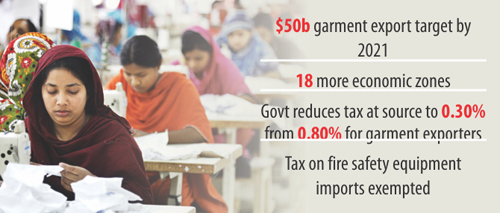
Measures to boost exports
There are many aspects, which include marketing, engineering, management, and economic tools, to raise the price of RMG and are well-known, the ultimate goal is not easy to accomplish. In line with this, commerce minister Tofail Ahmed last month urged labour bodies to press buyers to raise RMG prices. Ahmed urged union leaders to connect with their counterparts in importing countries to use their influence on buyers and consumers. He said labour organisations of the RMG sector should tell buyers to raise product prices, which would help increase labour wages in the sector. There are four economic ways to boost exports: quantity, price, changing product mix and exchange rate manipulation.
The industry can also boost of profitability, without increasing prices, by increasing productivity and efficiency. Ironically, readymade garments exporters have recently demanded higher cash incentives and devaluation of taka against the US dollar. The association also demanded apparel factories should be exempted from 1as price hike that the government planned to implement from January 2017. A lower cost of borrowing will also help exporters improve profit margins.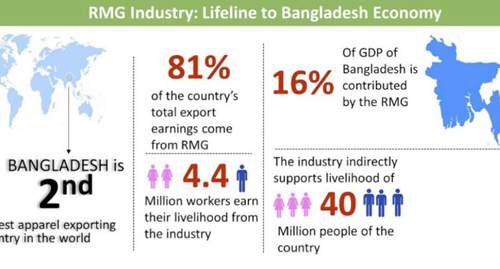
In the years to come, to retain market share in the low-cost-and-high-efficient region, the path to profitability and export growth is increased efficiency, higher productivity, and quality management. The global apparel market is valued at $3 trillion, and between 2007 and 2013, the market increased with average annual growth of 5.1 per cent. Year 2017 is expectd to be a stable year for apparel retail. A report released by Moody's in mid-December said, the sector can expect sales growth of 6 to 8 per cent, led primarily by direct-to-consumer channels and international growth. However, the same report anticipates apparel and footwear sellers will lose consumer dollars to healthcare, rent, home-related products, electronics and cars. In addition, traffic is expected to be weak throughout the year, with department stores and larger retailers such as Walmart bearing the brunt of that decline.
To channelise efforts in the right direction, BGMEA and Danish Fashion and Textile Industry Associations recently launched the ‘Step Up Project’ to improve productivity and address social and environmental challenges in the country's RMG sector. A similar initiative is needed to move up the value chain by using business processes and resources to export higher-margin products. There is a need to explore new markets in Latin America, Africa and the Commonwealth countries.
When it comes to Islamic fashion apparel, Pakistan is one of the top 10 consumer markets. The rise in Pakistan’s fashion retail industry in recent years has been huge, creating space for local as well as global brands which feed the lifestyle needs of the affluent and the rising middle class.
This is especially the case in the women’s apparel category with long shirts, colorful hijabs and the like. Small and medium enterprises have the required potential to streamline operations and offer products to local as well as global markets. However, with Pakistan being a Muslim country, there is scope for modest fashion.
Rabia Z is a global pioneer in the modest fashion category and has chosen Pakistan’s lucrative market as its next destination after dominating markets in the Middle East, Europe and the United States. In Pakistan, the formal launch will be held this summer. The brand plans to establish a proper retail set-up and is interested in starting production in Pakistan and then sourcing all the natural fabrics from Pakistan. It might delve into the franchise model in collaboration with some of the leading textile groups of the country. The brand already has a presence in Pakistan with the company selling its products via e-commerce.
In general, Muslim countries already spend billions of dollars on apparels and global Islamic fashion clothing is among the top three segments after halal food and Islamic finance.

